A dehumidifier in attic space is vital to fighting black mold, which grows in damp places. Too much moisture in attics is perfect for black mold, which can make people sick and damage your home if you don't stop it. Putting in a dehumidifier keeps humidity in check, stops mold from growing, and keeps your home safe.
It is important to look after the dehumidifier regularly to ensure it works well. Getting a good dehumidifier for attic keeps your family healthy and your home in good shape. Stopping black mold before it starts is the best way to keep your home safe. So, does a dehumidifier help with mold? Read more to find out.
What is Mold?
Mold is a fungus that grows in wet places, showing up as green, black, or white spots on surfaces. It spreads through tiny spores in the air, contaminating nearby areas. Mold can make people sick, especially if it's not taken care of, causing allergies and breathing problems in some people. Finding and treating mold quickly is essential to stop it from spreading and making people sick.
What Are The Causes Of Mold?
1. Excess Moisture: One big reason for mold in the attic is too much moisture. This can happen if leaks in the roof, insufficient ventilation, or the humidity in the home is too high. When there's too much moisture in the attic, it's perfect for mold to grow.
2. Roof Leaks: If the roof leaks, whether from broken shingles, flashing, or seals around vents or chimneys, water can get into the attic, which is a good place for mold to grow. Checking the roof often for leaks is important to prevent mold from becoming problematic.
3. Poor Ventilation: When the attic doesn't have enough ventilation, moisture gets stuck inside, making it easier for mold to grow. Without good airflow to remove humid air, moisture builds up and causes mold. Putting in enough ventilation in the attic, like ridge vents, soffit vents, or attic fans, and ensuring they stay in good shape stops moisture from building up and keeps mold away.
4. Improper Insulation: If the attic insulation isn't done right or there's not enough, temperatures can change significantly. When warm, humid air from the rooms below meets cooler surfaces in the attic, condensation can occur, which helps mold grow. Making sure insulation is done right and fixing any air leaks keeps temperatures steady and stops condensation from happening.
5. Blocked Ventilation Vents: If ventilation vents like soffit or ridge vents are blocked or covered, air can't move through the attic. This keeps the air still and lets moisture build up, which helps mold grow. Checking vents often and clearing away anything blocking them helps air flow better in the attic, stopping mold from growing.
6. Household Activities: Activities we do at home every day, like cooking, taking showers, or drying clothes inside, create moisture. If this moisture doesn't get out properly, it can go to the attic. When there's not enough ventilation, this extra moisture helps mold grow. Ensuring things like stoves and dryers are vented right and using exhaust fans when needed helps keep moisture down in the home and attic.
Signs Of Attic Mold Problem
- Smelly or damp odor in the attic.
- Mold can be seen on wood, insulation, or walls.
- Spots or marks on attic surfaces.
- Paint peeling or coming off the walls or ceiling.
- Feeling sick or having trouble breathing in the attic.
- Water stains or wet spots on attic stuff.
- Wood that's bent or broken in the attic.
- Finding mold in air tests from the attic.
- More humidity in the attic.
- Roof leaks or water damage in the past.
Harmful Impacts Of Mold
1. Respiratory Problems: Mold can cause breathing problems, such as coughing, wheezing, or feeling like one can't breathe well, especially if one has asthma or allergies. Breathing in mould spores can irritate the airways and worsen breathing problems.
2. Allergic Reactions: Being around mold can cause allergic reactions, such as sneezing, a runny or stuffy nose, itching, or red and watery eyes. People with mold allergies might be extra sensitive to mold spores and have allergy symptoms that persist.
3. Immune System Suppression: Being around mold for a long time can weaken the immune system, so people might get sick more easily. Mold can make the immune system not work as well, which means the body might have a harder time fighting off germs, making it easier to get infections.
4. Toxic Effects: Some kinds of mold, like black mold (Stachybotrys chartarum), make toxins called mycotoxins that can hurt the body. Breathing in or eating mold spores with mycotoxins can cause serious health issues, like hurting the brain, damaging organs, or making the immune system ineffective.
5. Sinus Infections: Being around mold for a long time can cause sinus infections or sinusitis. Mold spores can irritate the nose and sinuses irritated, leading to swelling and stuffiness, which can cause sinus pain, pressure, and a runny or stuffy nose.
6. Skin Irritation: Touching mold or surfaces with mold can irritate the skin, make it red and itchy, or cause rashes, especially for people with sensitive skin. Mold spores can also make allergic dermatitis worse or make existing skin problems flare up.
7. Property Damage: Mold can mess up buildings and belongings. It can weaken structures by eating away at wood and drywall. Mold can also leave stains and make surfaces look bad, which means you might have to spend a lot of money to fix or replace things.
8. Structural Integrity Compromised: If mold persists for long, it can damage the building's structure. Mold can weaken and fall apart walls, ceilings, and floors, which can be dangerous for people inside the building.
Methods to Remove Mold From Attic
- Containment: Start by keeping the mold in one spot to stop it from spreading to other parts of the attic and home. Use plastic sheets to close off the area and ensure good ventilation to reduce the chance of mold exposure.
- Removal of Contaminated Materials: Carefully remove mold-contaminated materials, such as insulation, drywall, or ceiling tiles. Dispose of these materials properly to prevent further contamination and spread of mold spores.
- Scrubbing Surfaces: Thoroughly scrub all surfaces in the attic with a mixture of water and detergent to remove mold growth. Use a stiff brush or sponge to scrub surfaces, particularly areas with visible mold growth.
- HEPA Vacuuming: Use a high-efficiency particulate air (HEPA) vacuum cleaner or HEPA air scrubber to pull mold spores from surfaces and the air. HEPA vacuums are designed to capture tiny particles, including mold spores, to prevent them from spreading to other areas of the home.
- Disinfection: After removing mold growth and cleaning surfaces, disinfect the area using a solution of water and a mold-killing cleaner, such as hydrogen peroxide or bleach. Allow the disinfectant to sit for the recommended time before rinsing thoroughly with clean water.
- Addressing Underlying Moisture Issues: Identify and address the underlying moisture issues that contributed to mold growth in the attic. This may involve repairing leaks in the roof or plumbing, improving ventilation, or installing a dehumidifier to control humidity levels.
Can A Dehumidifier Help With Mold?
Will a dehumidifier kill mold? Absolutely! A dehumidifier for attic is great for controlling mold because it lowers moisture levels in the air. This makes it harder for mold to grow. Keeping humidity levels between 30% and 50% stops mold from spreading its spores. However, even though a dehumidifier for bathroom mold or attic helps with moisture, it might not eliminate existing mold. You'll still need to clean and disinfect to deal with mold properly and ensure it doesn't return. You can find the best dehumidifier for mold at Abestorm's range.
How Does Attic Space Dehumidifier Remove Mold?
- Moisture Extraction: An attic space dehumidifier extracts excess moisture from the air, effectively lowering humidity levels in the environment. By removing moisture from the air, a dehumidifier creates conditions that make it hard for mold to grow.
- Prevention of Condensation: Condensation happens when warm, wet air, like attic walls or rafters, meets cold surfaces. This makes it perfect for mold to grow. But when you use a dehumidifier to lower humidity in the attic, you stop condensation, which keeps mold from growing.
- Air Circulation: Attic dehumidifiers usually have fans that move air around the attic, which stops air from getting still and humid. Better air movement spreads dry air everywhere, making it even harder for mold to grow in places that are hard to see or reach.
- Reduction of Mold Spores: Some dehumidifiers lower humidity and have filters that catch mold spores and other bad stuff in the air. By removing mold spores, the dehumidifier stops them from spreading and lowers the chance of mold growing in the attic.
- Drying of Wet Surfaces: If water gets into the attic from leaks or other problems, a dehumidifier can help dry out wet stuff like insulation or drywall. By speeding up drying, the dehumidifier stops moisture from building up, which can cause mold if it's not taken care of.
- Maintenance of Optimal Humidity Levels: Attic dehumidifiers are made to keep humidity levels just right, usually between 30% and 50%, which makes it hard for mold to grow. A dehumidifier keeps humidity in check, making the attic less friendly for mold to spread.
- Prevention of Musty Odors: When mold grows, it makes a musty smell that can spread throughout the house. But by keeping humidity levels in check and stopping mold, a dehumidifier ensures no musty smell in the attic. This makes the indoor air fresher and more excellent to be in.
Conclusion
An attic space dehumidifier fights mold by removing moisture, stopping condensation, and lowering mold spores. With better airflow and keeping humidity just right, dehumidifiers make indoor air healthier. But they shouldn't take the place of properly getting rid of mold. It's essential to check and look after them regularly to stop mold and keep the attic dry and mold-free.


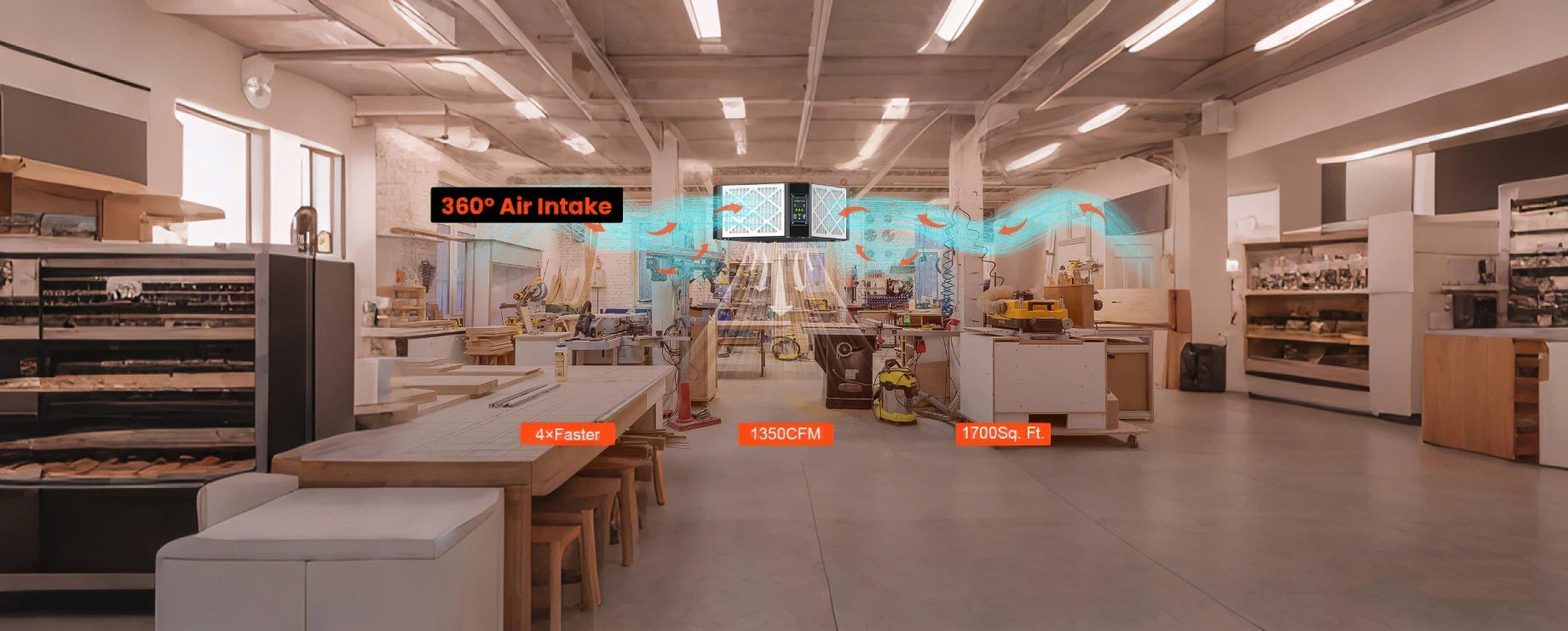
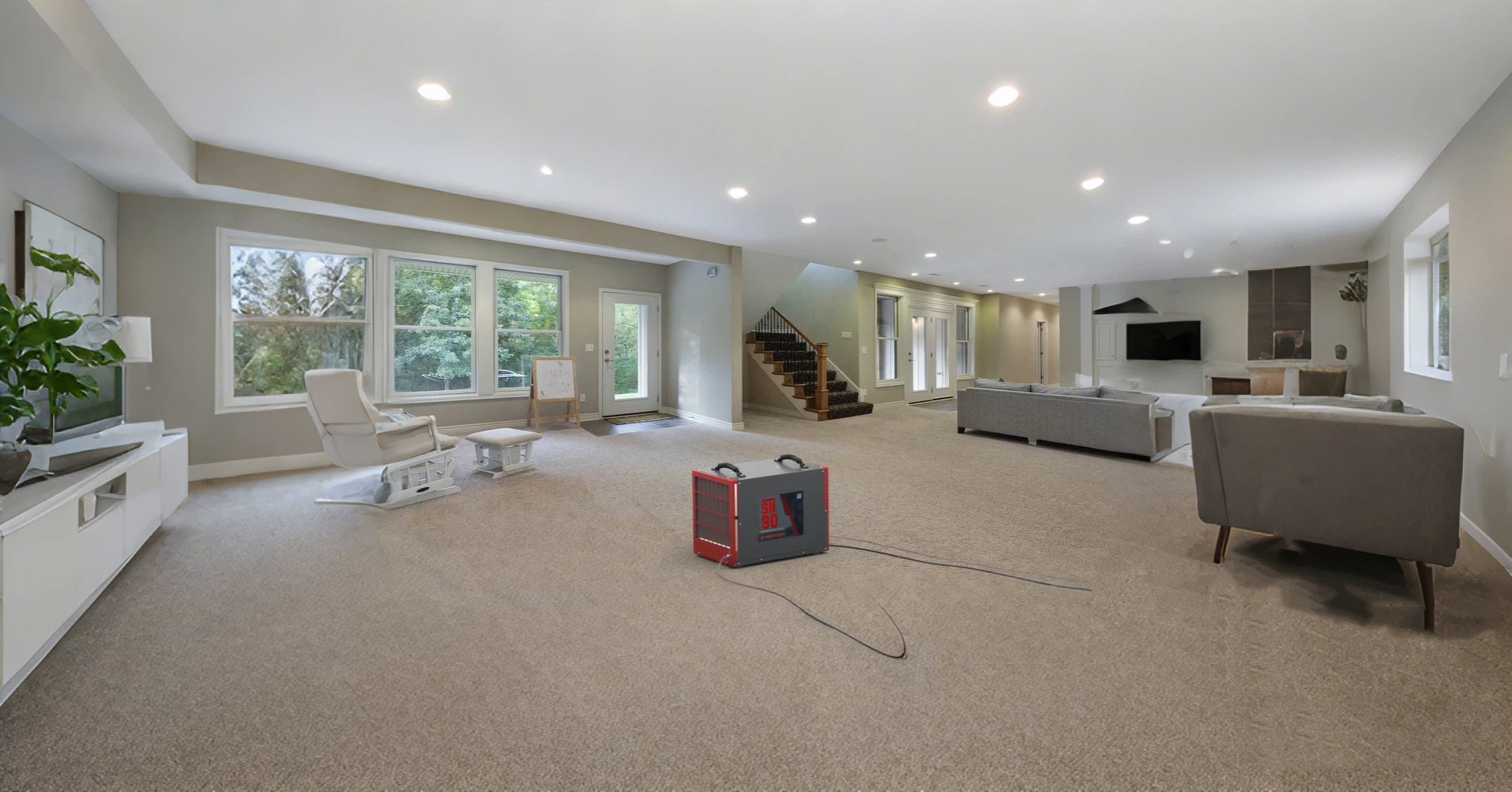

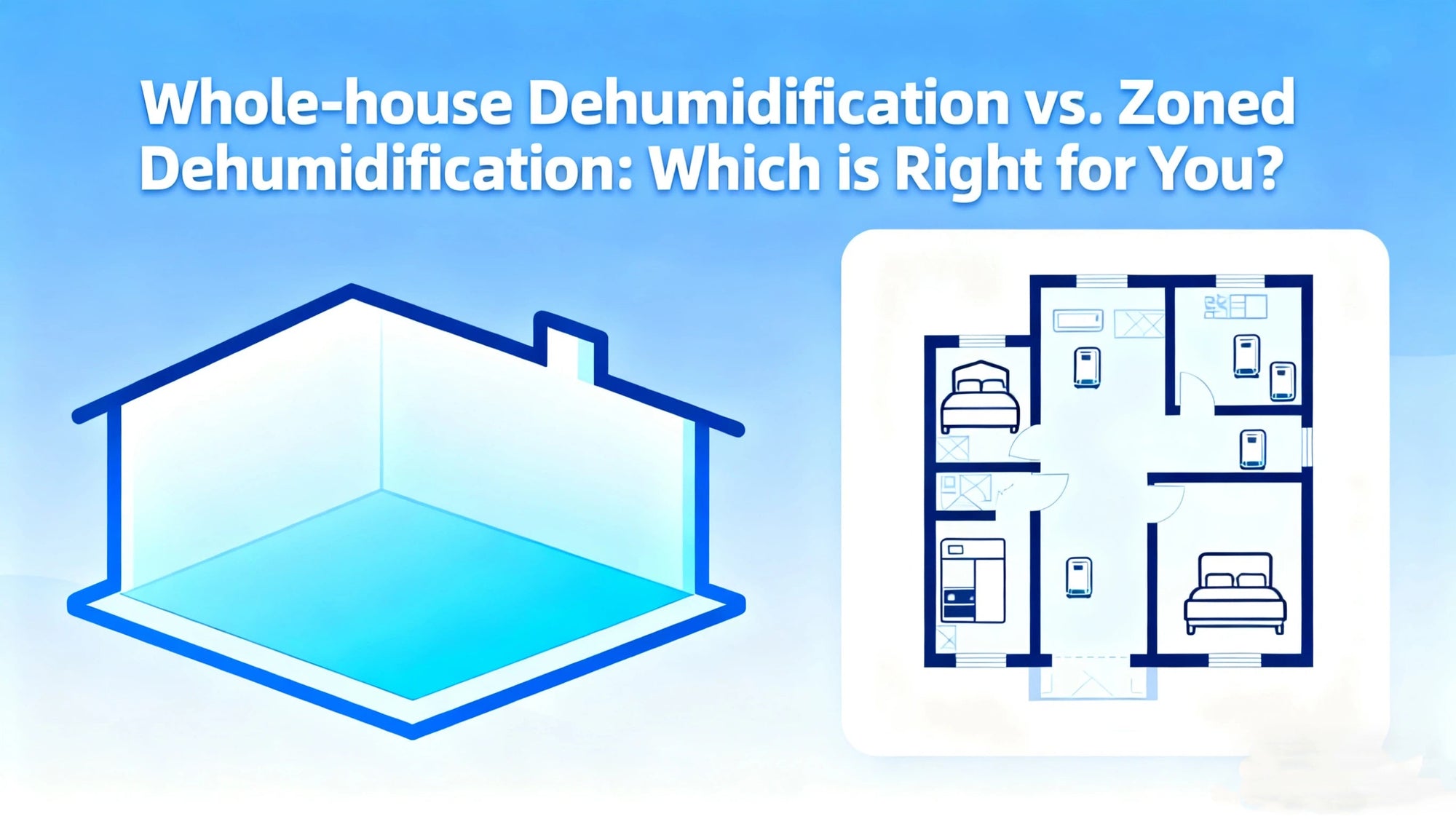
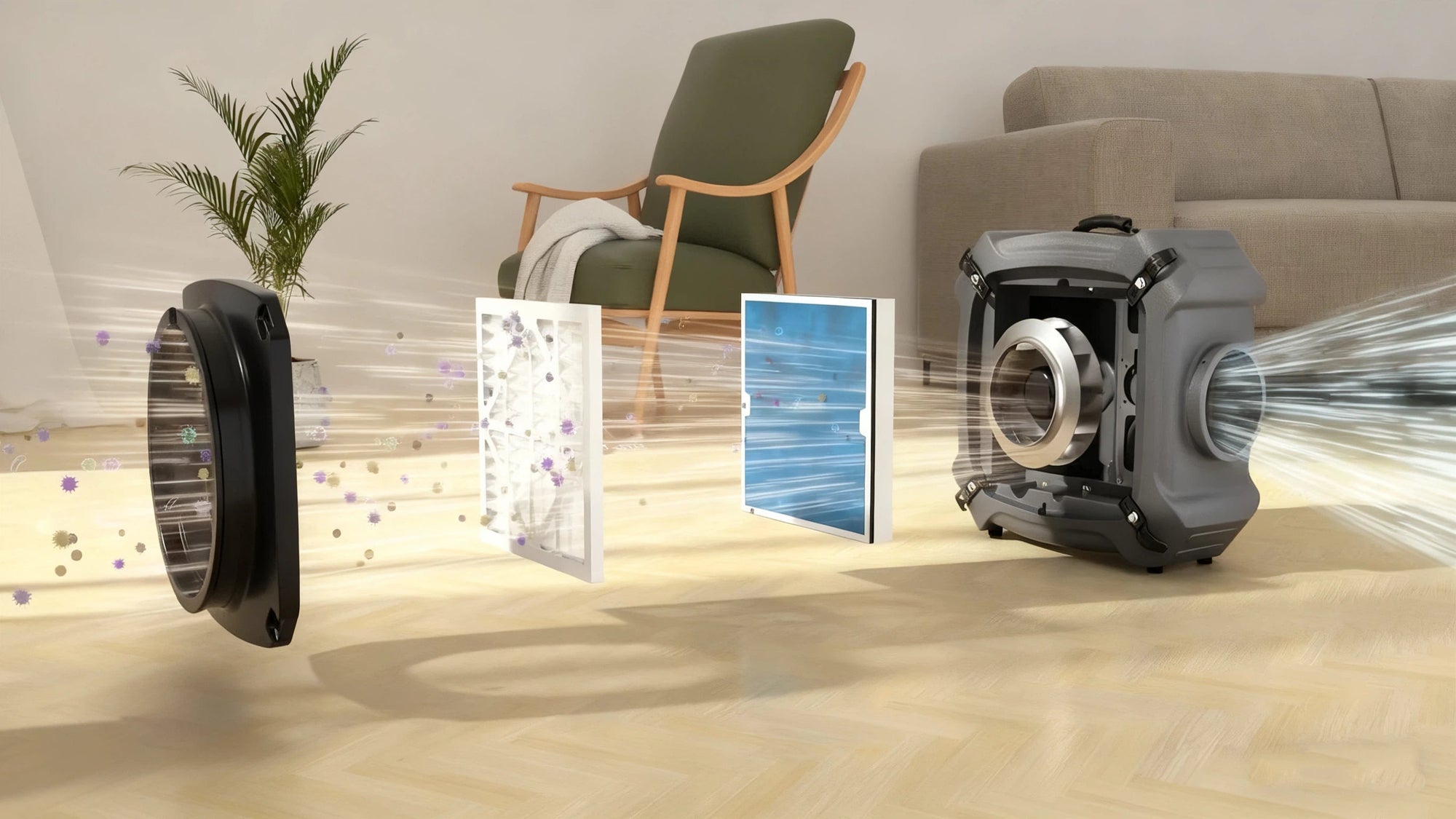
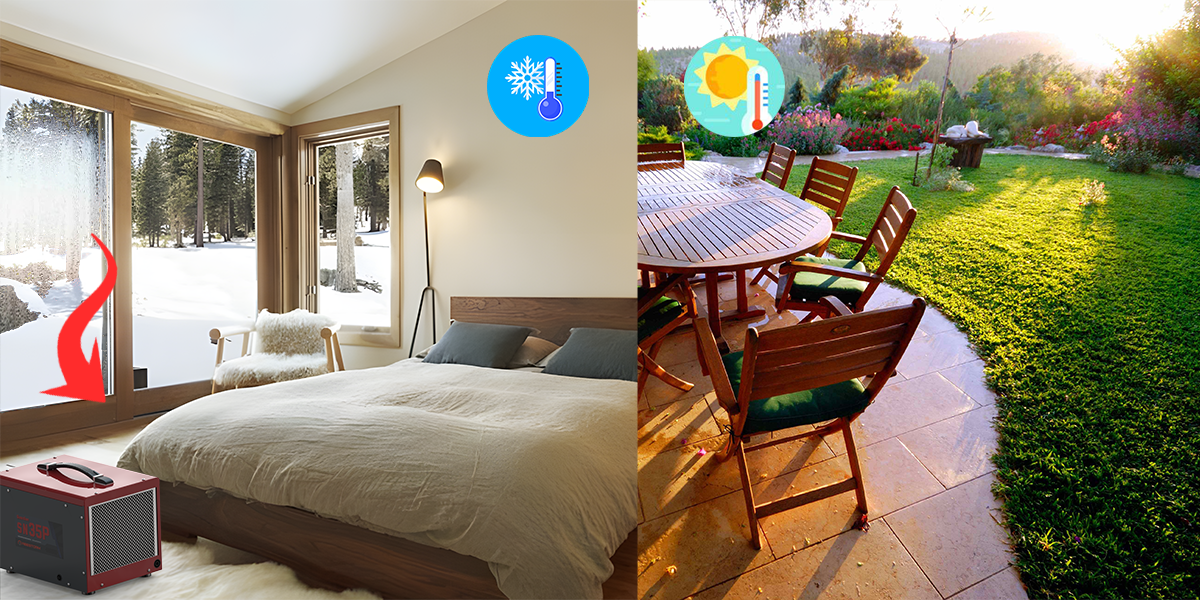
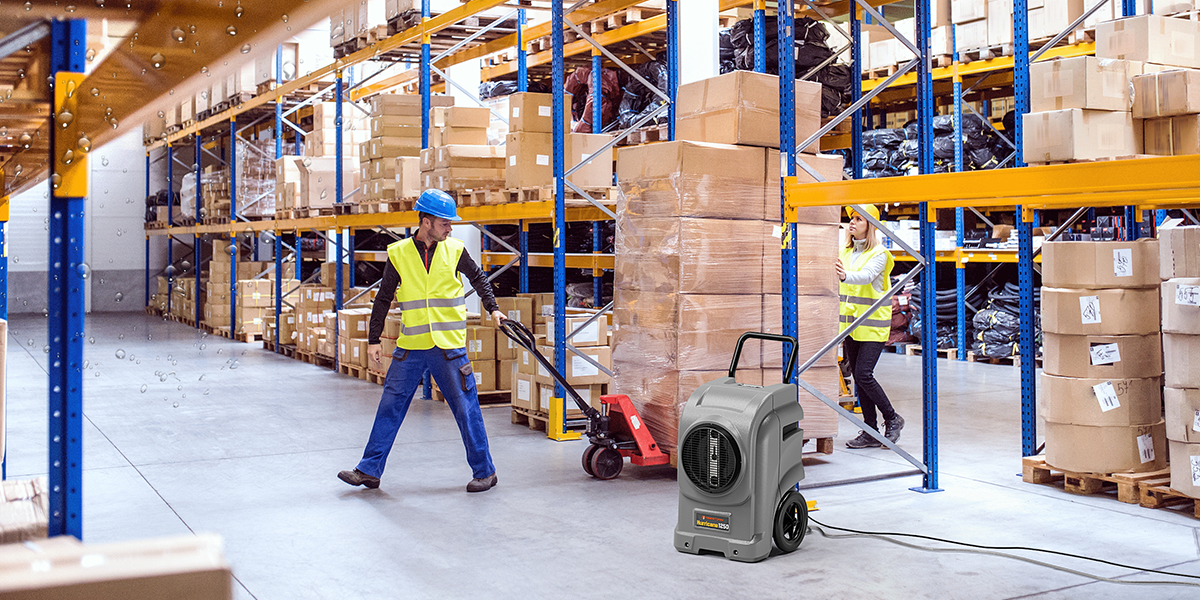
Shop For Dehumidifier
Abestorm 170 PPD 2,100 Sq.Ft Commercial Dehumidifier with Pump and Drain Hose | Hurricane 800
Abestorm 180 PPD 2,300 Sq.Ft Commercial Dehumidifier with Pump and Drain Hose | Hurricane LGR85
Abestorm 264 PPD 3,000 Sq.Ft Commercial Dehumidifier with Pump and Drain Hose | Hurricane 125P
Abestorm 180 PPD 2,300 Sq.Ft Commercial Dehumidifier with Pump and Drain Hose | Hurricane 850